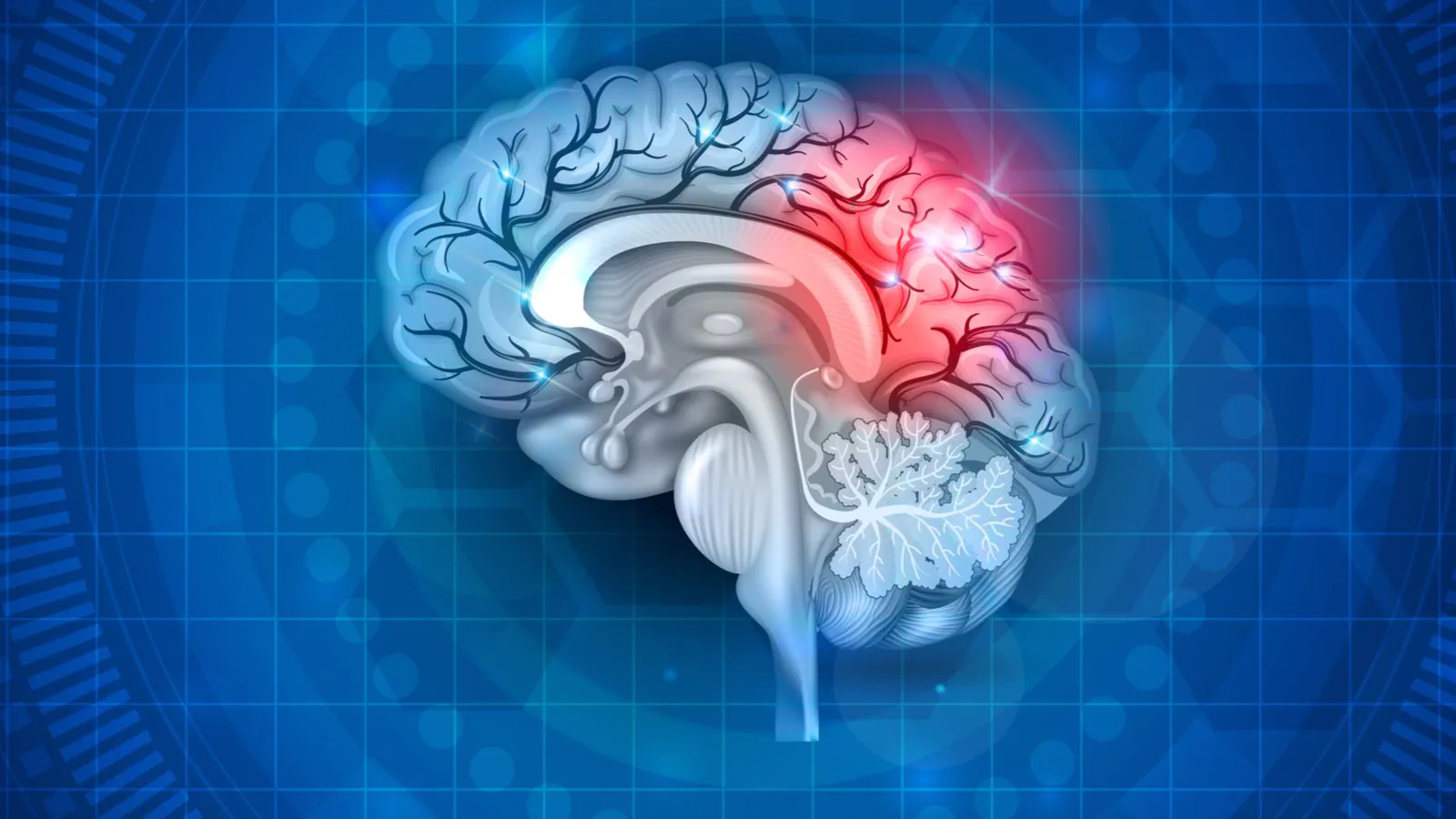Brain strokes are a major hazard to individuals, and certain of our living habits make this medical emergency a foregone conclusion. Before we get into the specifics of these lifestyle behaviors, it’s vital to understand what a brain stroke is. A brain stroke is a life-threatening disorder that happens when the blood flow to one or more parts of the brain is interrupted. The brain tissue does not get oxygen and nutrients due to a stop or delay in blood flow, resulting in a stroke.
Physical exercise has been severely limited as a result of the work-from-home policy. Being sedentary and not moving may lead to obesity, which can lead to a slew of serious illnesses. It makes you more susceptible to chronic illnesses and raises your chance of stroke. Regular exercise and a good diet can help you avoid a variety of life-threatening illnesses and consequences, including brain stroke.
Cigarette smoking not only harms your heart and respiratory system, but it also puts you at risk for strokes. According to experts at John Hopkins Medicine, smoking virtually doubles the risk of an ischemic stroke.
Binge drinking, according to the experts, can contribute to stroke. Blood pressure is reported to rise if you consume more than two drinks each day. Binge drinking, according to the National Health Service (NHS), is defined as consuming a large amount of alcohol in a short period of time or drinking to become inebriated. Binge drinking is defined as consuming eight units of alcohol in a single session for males and six units for women.
People with medical problems including diabetes, high cholesterol, hypertension, and Atrial Fibrillation (AF) are more likely to have a stroke. However, while many of these risk variables are under your control, family history, age, and gender are not.







